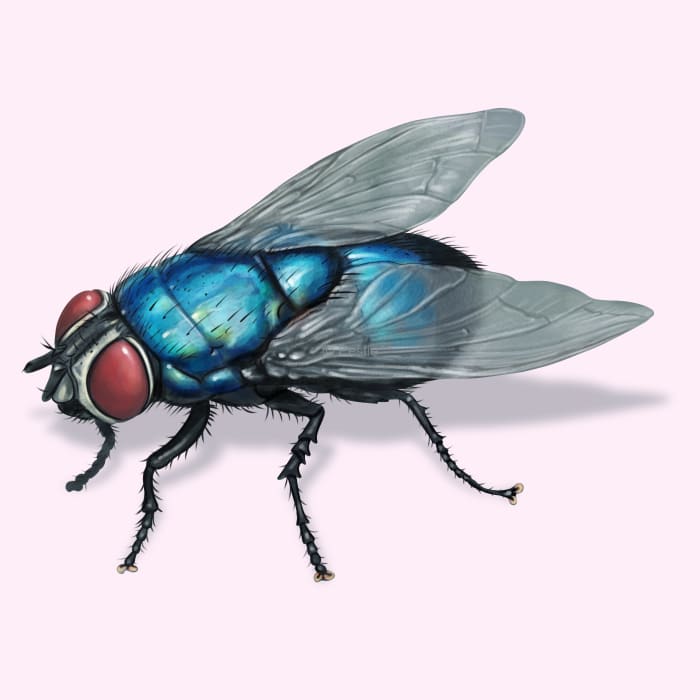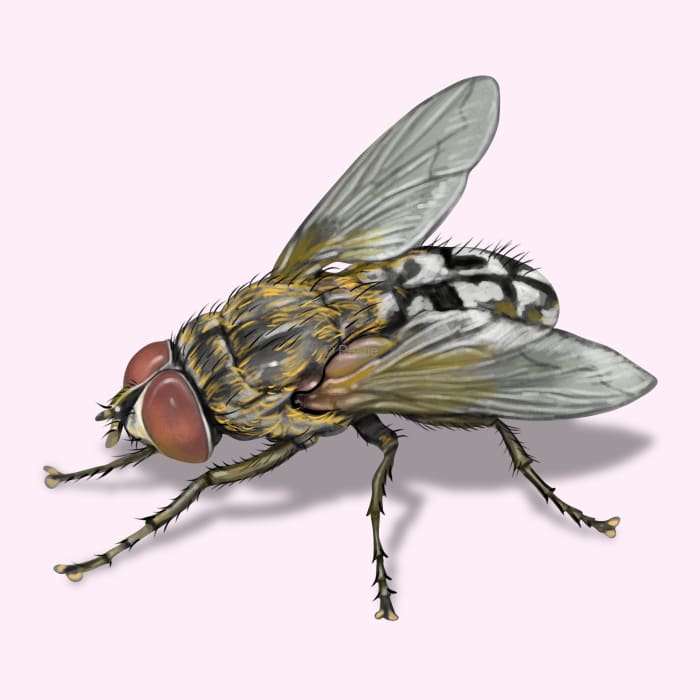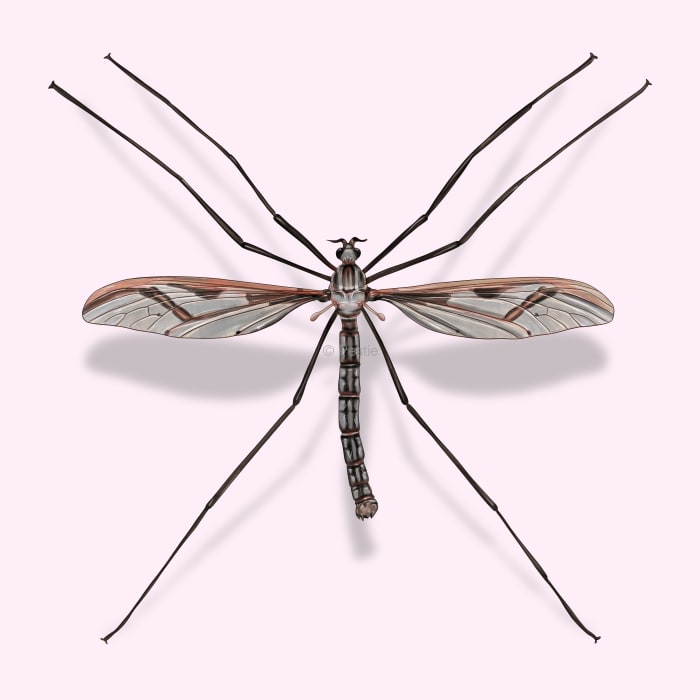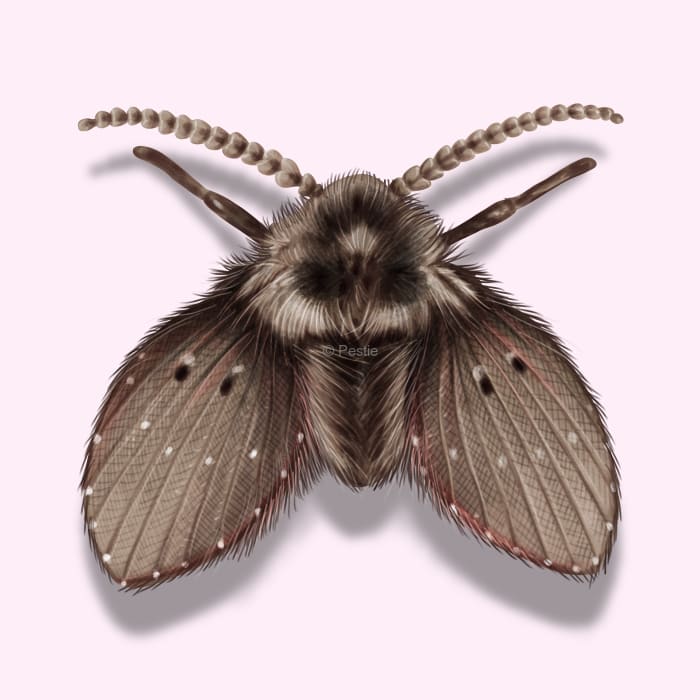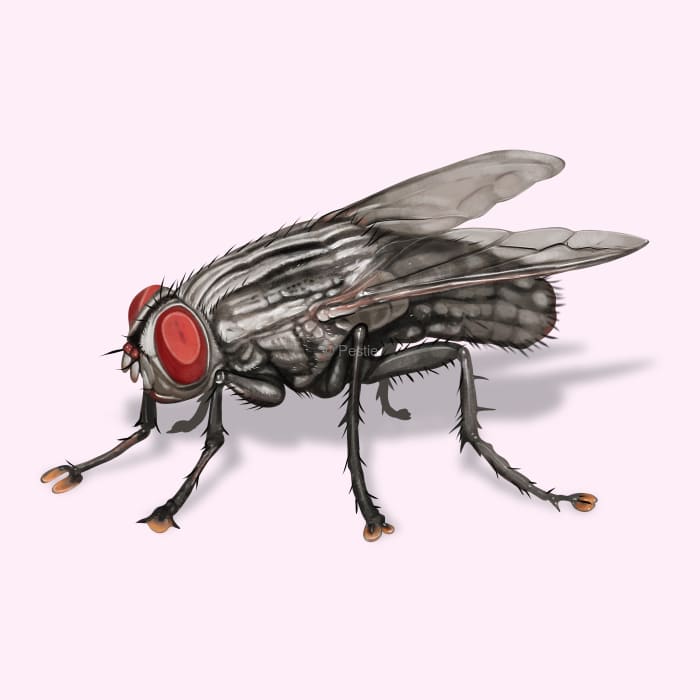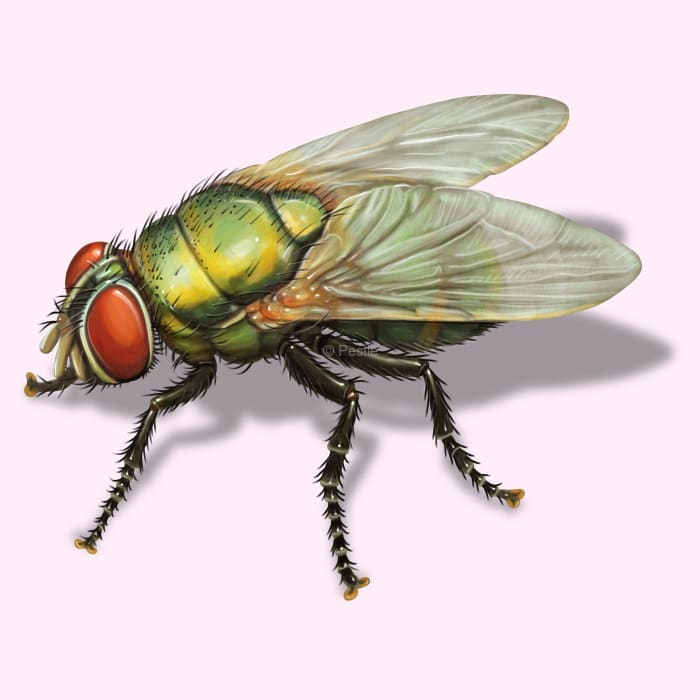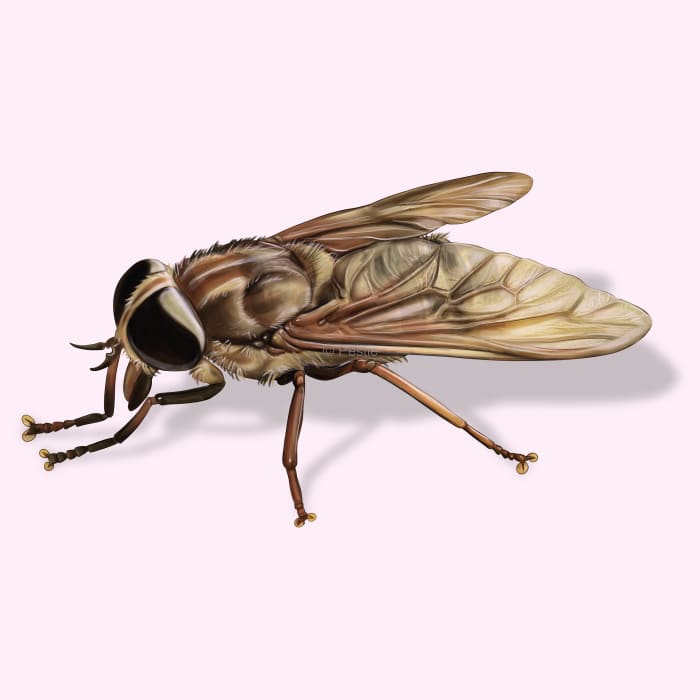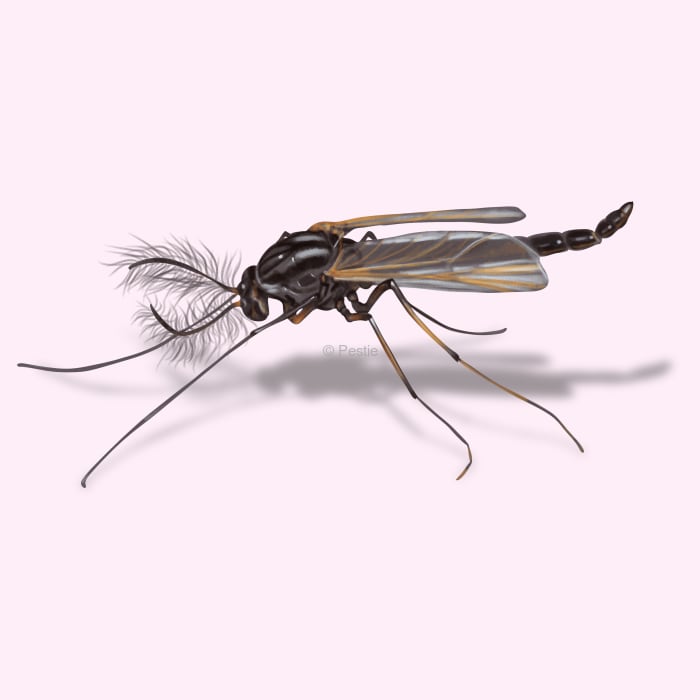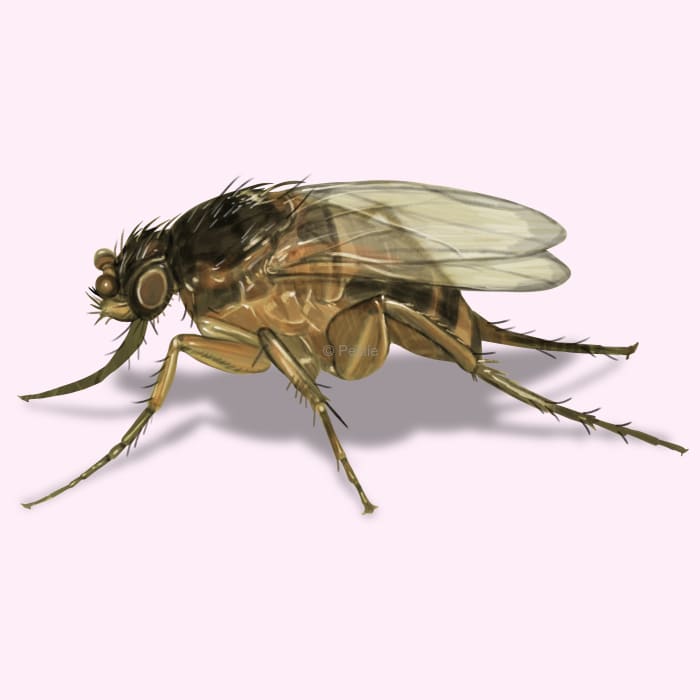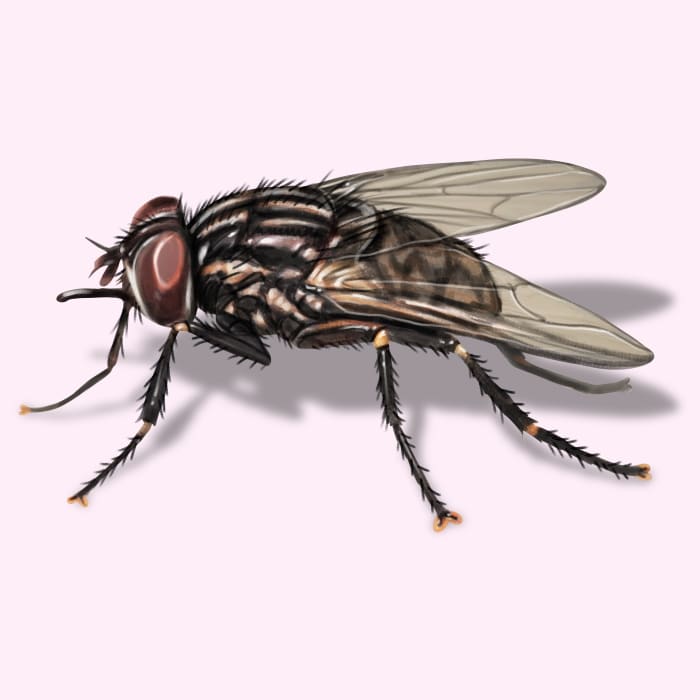How to identify and get rid of flies
What everyone should know about flies: a guide to identification and elimination
The most annoying thing in the world? A fly that won’t stop buzzing around your food, your lights, and your face!
These persistent pests come in a variety of sizes, colors, and annoyances. Flies are everywhere, from house flies that spit up on your food and drain flies that magically emerge from your sink to fruit flies that come after your bananas and blowflies that love your garbage.
Flies are insects with only two wings, and while there are over 18,000 species of flies in North America, only a handful really impact our everyday lives. Some flies are beneficial and help to kill other pests. Some are great at recycling waste or decomposing dead plants faster. Others are pollinators and essential to our ecosystems. But there are others that bite us and spread diseases.
Flies are here for the good and the bad, and if you understand more about their life cycle and behavior, you can eliminate them from your home. Even though they have a short life span, if left unchecked, flies can quickly reproduce, create several problems, and impact your health.
Note: While mosquitoes are technically flies, we have a separate category page for them. Learn more about mosquitoes here.
How to identify flies
Since there are so many different flies out there, it can be hard to tell what’s a fly and what isn’t. All flies have six legs, a proboscis (a straw mouth) that slurps up liquid, and only two wings. So, if you see something with four wings, you know it’s not a fly.
In fact, a lot of other insects look like flies, and some flies try to blend in and look like other insects. Several flies look remarkably like honey bees, bumblebees, and even wasps.
What’s the secret to telling them apart? Just look for two wings.
Also, the name of an insect can be a bit misleading, too. Butterflies, dragonflies, and fireflies? Not flies.
Crane flies, horse flies, robber flies. Those are flies. Often, if the name is separated into two, then it’s a true fly. Otherwise, they are just posers.
Are flies dangerous?
There are a number of flies that can be harmful to our health and the health of our pets. House flies, for example, can crawl over uncovered food, regurgitate when they feed, and cause food poisoning.
Flies have also been known to transmit over 65 diseases, including dysentery, cholera, leprosy, and tuberculosis. So, it’s best to keep them out of your home.
Fun fact
Why do flies only have two wings while most other insects have four?
The other pair of wings were reduced over time into tiny knubs on the fly. These knubs, also known as halteres, help the fly balance when they are flying.
What do flies eat?
Flies have a very diverse diet depending on the species and stage of life. For example, a house fly will only suck up liquids from overripe fruit, sugary substances like nectar, or feces. On the other hand, their larvae or maggots will eat solid decaying organic matter, like dead animals, feces, rotting food, or decaying plants.
Some adult flies don’t have any mouthparts, like crane flies, and only need to reproduce and then die.
Other flies have razor-like blades on their mouth that cut into the skin of animals and then drink up their blood, like horse flies or deer flies. There are even flies like bot fly maggots that burrow into humans and develop under their skin.
Flies are very different and diverse, and there are lots of things they could be feeding on!
How to get rid of flies
The best way to keep flies out of your home is with sanitation and prevention.
Sanitation tips to get rid of flies:
- Clean up any food or drink spills
- Take the trash out regularly away from the home
- Rinse and disinfect trash cans both inside and outside
- Dispose of any rotting food in and around the home
- Clean up pet waste in the yard or a litter box
- Unclog drains and regularly clean them
How to prevent flies from entering your home:
- Repair screens on doors and windows
- Seal cracks and gaps around the home, doors, windows, or vents.
- Use fly tape or traps to capture flies inside
- Limit outdoor lights during warm seasons
- Use the Pestie Smart Pest Plan to create a bug barrier around your home
Treat flies with Pestie
If you're still having trouble keeping flies away, the best option is to use a pro-grade, effective pest control solution like Pestie.
Pestie is a do-it-yourself pest control solution that's specially designed to keep flies and other pests away from your home.
With Pestie, you can rest easy knowing that your living space is protected and free of creepy crawlies. And the best part? It's designed for people, pets, and the planet, so you can say goodbye to harsh chemicals and hello to peace of mind!
- Save hundreds compared to traditional annual pest plans
- People, pet, and planet-friendly
- Pro-grade customized formulas







